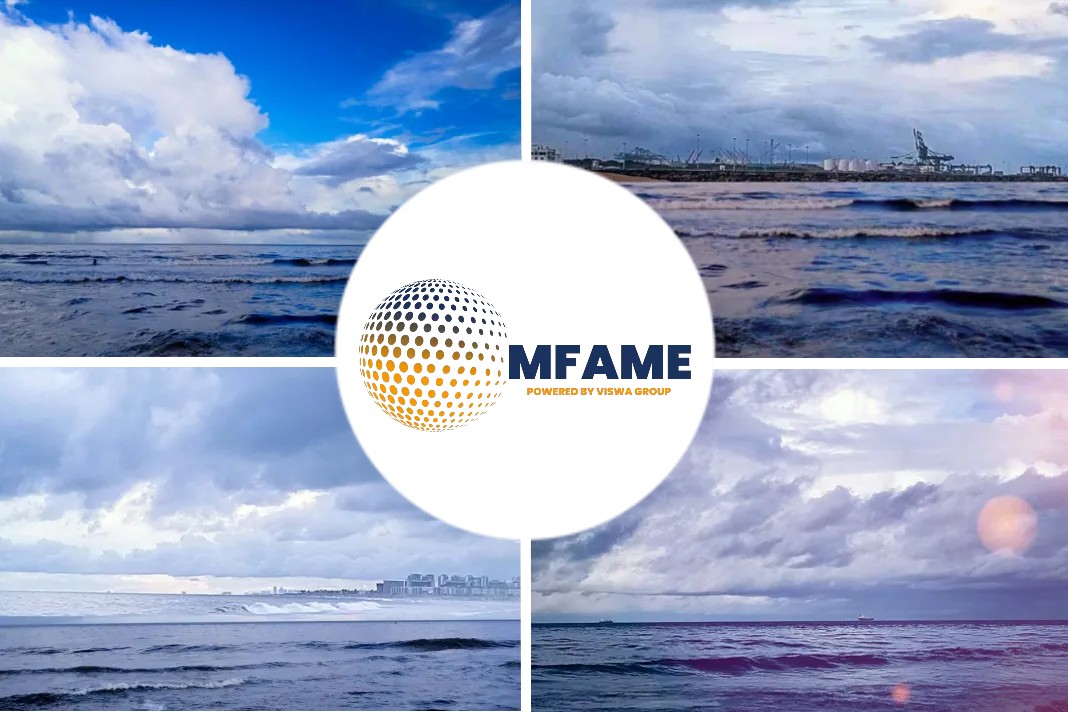Samsung Heavy Industries (SHI) and Daewoo Shipbuilding & Marine Engineering (DSME) are moving ahead with design plans for new gas carriers, reports Riviera.
VLGC approval
Class society Korean Register (KR) has awarded SHI’s ammonia fuel-ready very large gas carrier (VLGC) design an approval in principle (AiP) and is collaborating with DSME on a new LCO2 carrier design.
Both announcements came from the Gastech trade show in Milan, Italy.
SHI’s VLGC vessel will be designed to use ammonia as a fuel as well as carrying it as bulk cargo.
According to KR, the vessel design “represents a significant step forward in the expansion of an international supply chain for the clean fuel”. KR said the SHI design maintains the actual yield stress of the ammonia tank steel below KR’s rule requirements and is able to maintain a temperature close to boiling point for the fuel. Liquid ammonia’s boiling point is about -33°C at one atmosphere of pressure.
About the new design
The new design is the largest ammonia-ready vessel to have been approved by KR. The classification society also recently approved designs for a 60,000-m3 ammonia-fuelled ammonia carrier and a 38,000-m3 ammonia carrier and bunkering vessel.
KR and DSME have agreed to collaborate on developing a new 40,000 m3 LCO2 carrier and cargo handling system.
The South Korean firms signed an MOU aimed at meeting the growing demand for vessels capable of transporting carbon dioxide at scale from emissions sources to storage sites.
“Carbon capture, utilisation and storage technologies are fast growing as the world seeks to achieve carbon neutrality and build an international carbon-capture infrastructure. However, carbon dioxide is a complex cargo to handle, having a triple point which is higher than atmospheric pressure, meaning it can liquefy only at low temperatures and high pressures,” KR said in a statement.
Triple point is the temperature and pressure at which it is possible for all three phases of a substance (gas, liquid and solid) to coexist in thermodynamic equilibrium.
“Even a small environmental change can see CO2 transform into a gas, liquid or solid state. The new design will feature a reliable ship and cargo containment system, using accumulated technologies in the field of liquefied gas carriers, such as LNG and LPG carriers,” KR said.
DSME will also develop a cargo handling system using the latest technology to prevent CO2 emissions and ensure navigational stability.
KR said it intends to verify compliance with its own rules and The International Code of the Construction and Equipment of Ships Carrying Liquefied Gases in Bulk (IGC Code) for the cargo containment and handling systems developed by DSME.
Did you subscribe to our daily Newsletter?
It’s Free! Click here to Subscribe
Source: Riviera























